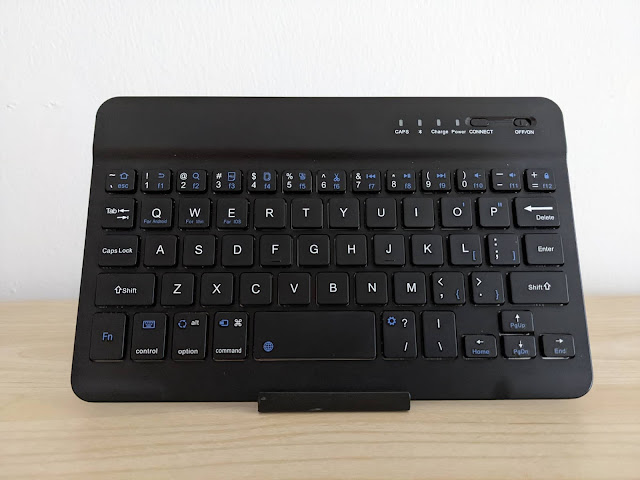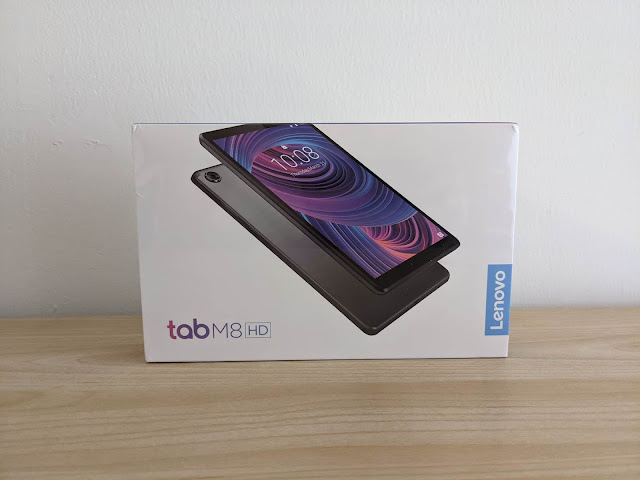See What’s Up On The Red Planet With Mars Sky For Android
Mars Sky is an Android app for viewing at a glance the major planetary objects in the sky of Mars at a given location.
This unusual app doesn’t show an accurate representation of the sky but a simplified view of the celestial sphere with the major Solar System objects. The view places the planetary bodies at their approximate positions in the sky.
The celestial objects Mars Sky features are the Sun, the planets (including the Earth and our Moon), and the moons of Mars, Phobos and Deimos. You can get position and visibility data of each body such as the coordinates, the angular size, the brightness, and more. A list of major events like the rising and setting times of the objects is also available.
There are some preset observing locations to choose from, such as the landing sites of spacecrafts, but you can add more.
Mars Sky displays dates and times using a martian calendar you may not be familiar with. So be sure to check the app’s Help screen, under the main menu, for some background information. However, the app provides also the corresponding terrestrial dates.
Mars Sky is a handy tool for learning astronomy on Mars.
For example, you can see Phobos and Deimos rising above the western horizon, moving quickly across the sky, and setting at the eastern horizon. Sometimes spacecrafts like rovers or landers take images of the Sun or the night sky. The app lets you get the astronomical context of such images.
Mars Sky works fine also on Chrome OS. But it doesn’t take advantage of large screens when the app’s window is enlarged or maximized.
| The main screen of the Mars Sky app on my Pixel 2 XL phone. |
This unusual app doesn’t show an accurate representation of the sky but a simplified view of the celestial sphere with the major Solar System objects. The view places the planetary bodies at their approximate positions in the sky.
The celestial objects Mars Sky features are the Sun, the planets (including the Earth and our Moon), and the moons of Mars, Phobos and Deimos. You can get position and visibility data of each body such as the coordinates, the angular size, the brightness, and more. A list of major events like the rising and setting times of the objects is also available.
There are some preset observing locations to choose from, such as the landing sites of spacecrafts, but you can add more.
Mars Sky displays dates and times using a martian calendar you may not be familiar with. So be sure to check the app’s Help screen, under the main menu, for some background information. However, the app provides also the corresponding terrestrial dates.
Mars Sky is a handy tool for learning astronomy on Mars.
For example, you can see Phobos and Deimos rising above the western horizon, moving quickly across the sky, and setting at the eastern horizon. Sometimes spacecrafts like rovers or landers take images of the Sun or the night sky. The app lets you get the astronomical context of such images.
Mars Sky works fine also on Chrome OS. But it doesn’t take advantage of large screens when the app’s window is enlarged or maximized.
I wrote a book that helps you discover and use similar apps, Space Apps for Android: Discover the Best Astronomy and Space Apps.


